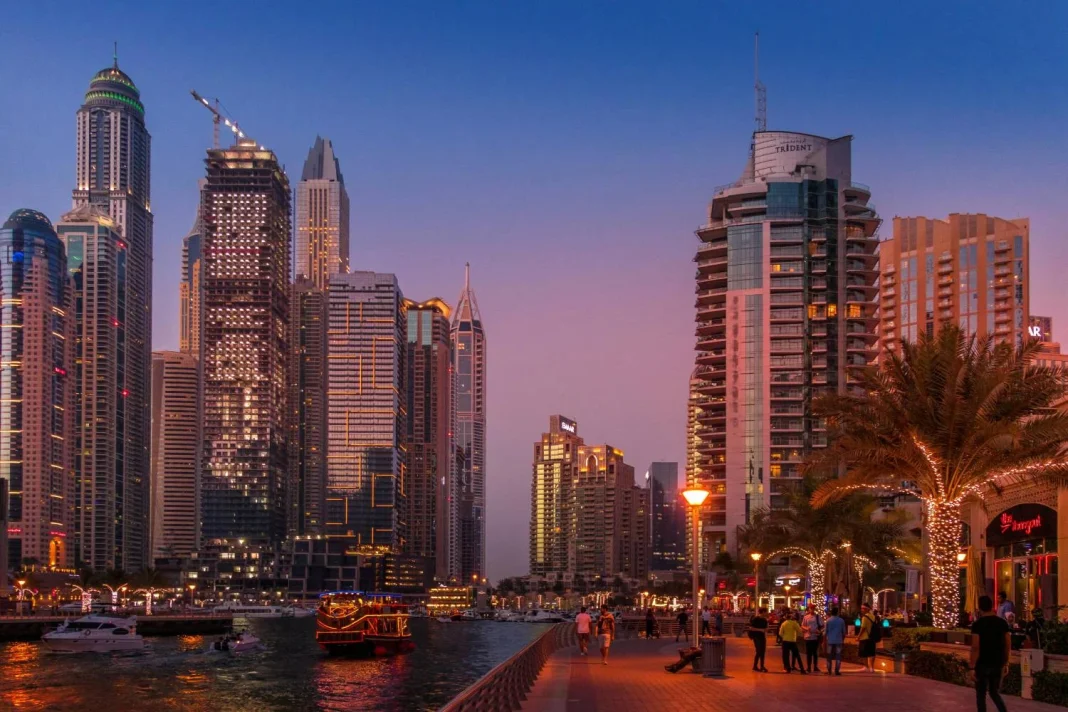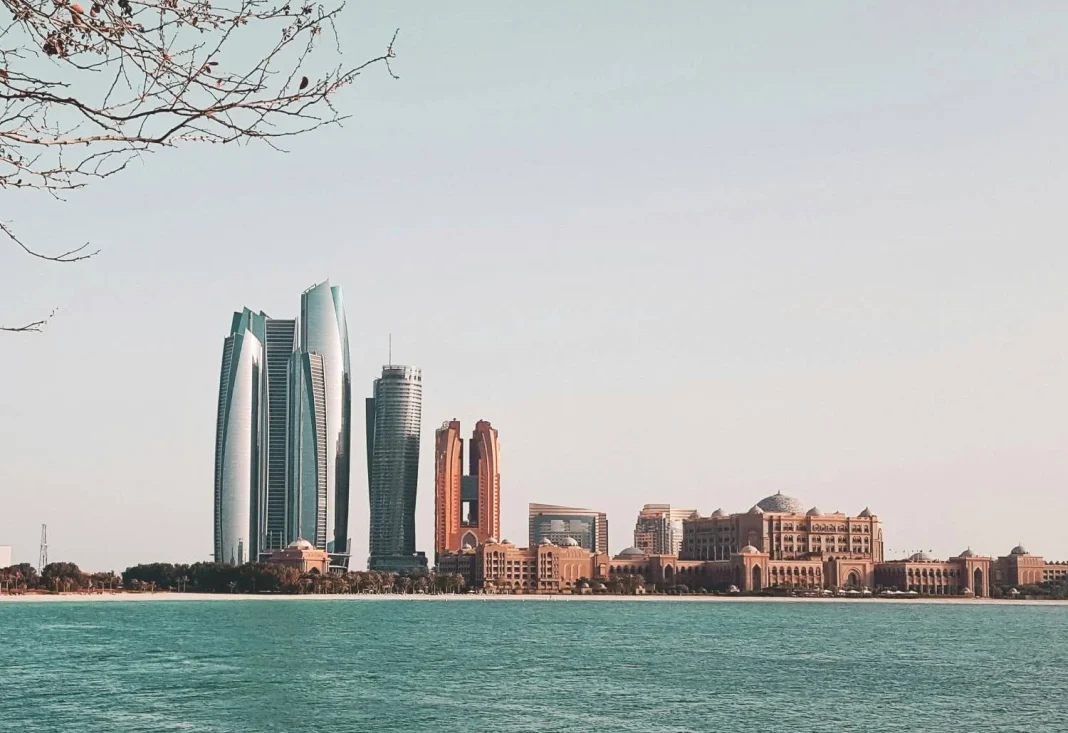Dubai is on everyone’s lips, and after the pandemic, the city’s economic rebound was exponential. Dubai has become an attractive destination for foreign investors, billionaires, and professional residents who see it as a place for expansion. Moreover, tourism has also found its preferred spot, and its pleasant winter climate has made it one of the most special places to visit.
However, this diversification of the economy, the policies of the United Arab Emirates that favor the arrival and permanence of foreigners, also bring consequences that are not always talked about but remain latent in a place where everything seems to shine.
Not all that glitters is gold: Dubai’s hidden drama
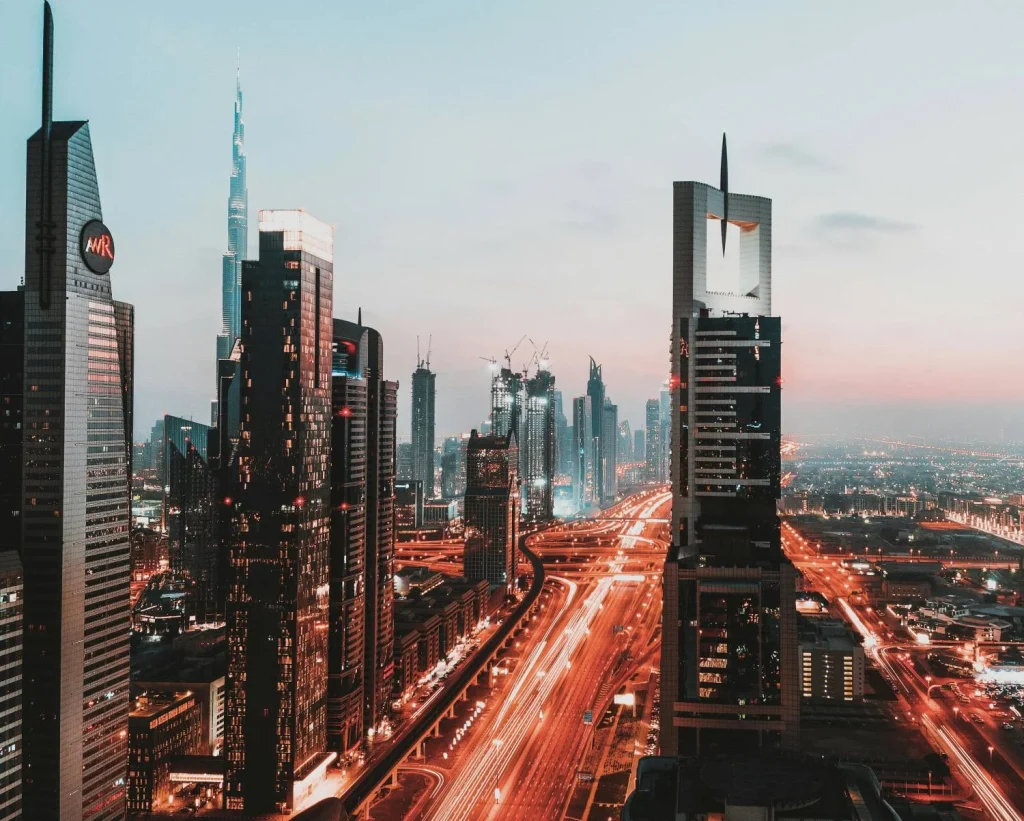
As some experts point out, the massive influx of tourists and new residents has caused Dubai to collapse. The roads are more congested than usual, and excessive demand has driven property prices up at an accelerated rate. Local residents deal with this situation daily, and although not always apparent, intolerance is simmering.
According to reports from specialized sites like Property Monitor, average prices per square meter are at record highs. Rental prices also increased by 20% during 2024, and the trend is expected to continue in 2025. This has led to a new population shift, with residents opting to move to more distant areas due to housing costs and the search for a quieter lifestyle away from the hustle and bustle.
Success not everyone enjoys in Dubai
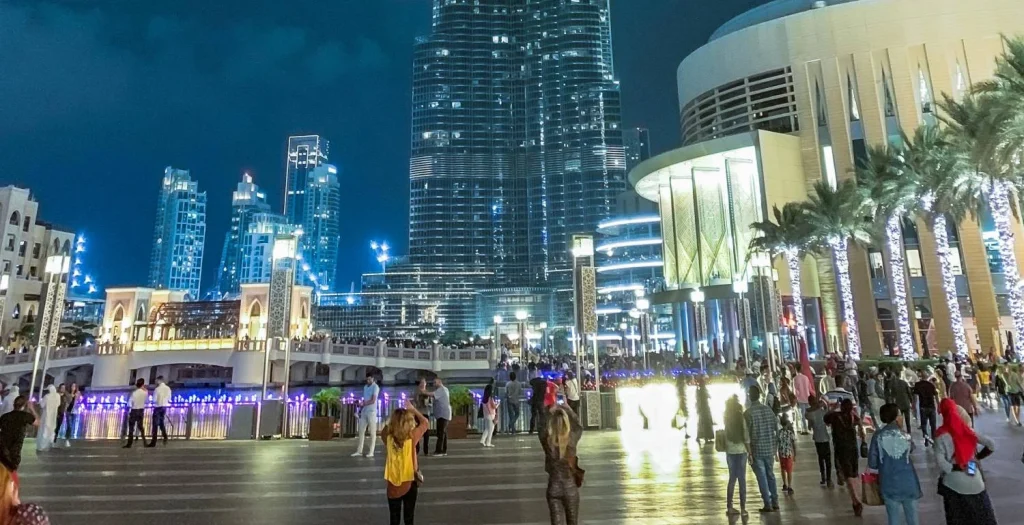
As tourists flock to Dubai to enjoy themselves and investors begin to develop their projects, the city is starting to collapse, along with the patience of its residents. Although protests against government policies must be controlled, many experts confirm that inequality in opportunities is evident among the population. Projects and programs are accessible to only a few.
The United Arab Emirates aims to reach a population of 5.8 million by 2040, which includes foreigners who settle comfortably due to open-door policies. Although not officially confirmed, the local population in Dubai is estimated to represent around 10% of the country’s total, a figure that continues to decline as more foreigners move into the region.
Practical solutions: Dubai authorities’ strategies
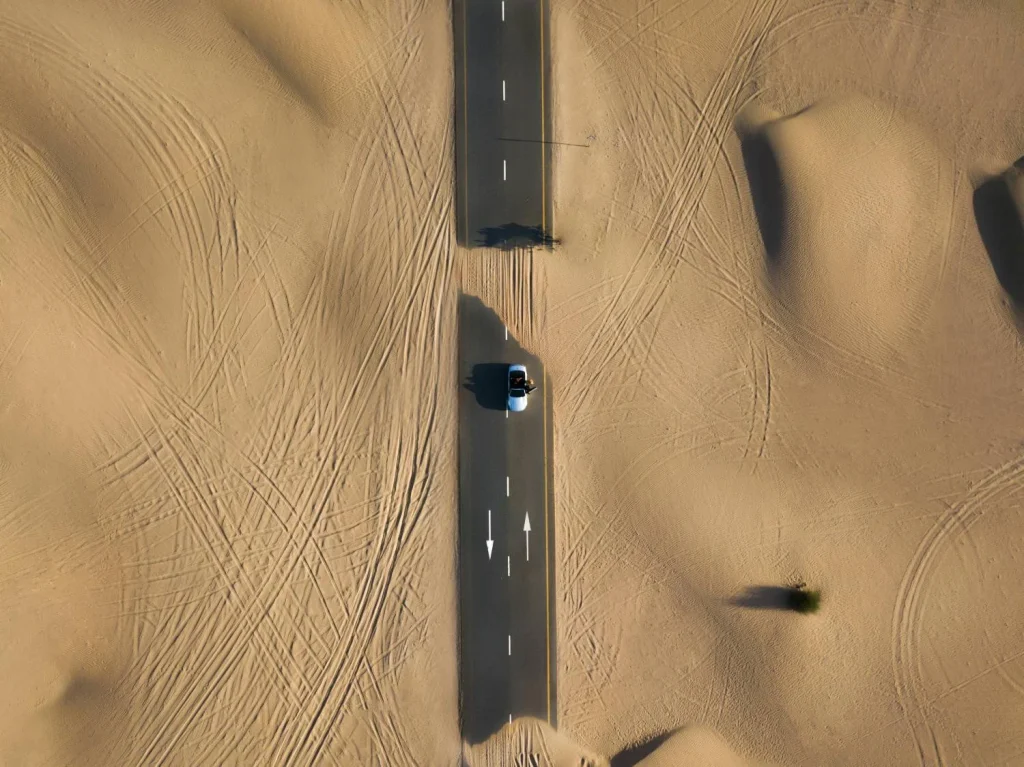
The Dubai government has stated that it plans to enhance policies and strategies to address this situation. Mass tourism brings serious consequences for the population, prompting authorities to urge companies to provide greater work flexibility, such as remote work and staggered working hours for different sectors. Traffic congestion appears to be the main issue, making the introduction of flying taxis one of the most anticipated solutions.
Some time ago, plans were announced for the construction of the first vertiport, aiming to offer the service as early as next year. Beyond these technological strategies, Dubai is also planning to build pedestrian-friendly pathways, promoting a healthier lifestyle and encouraging walking over car use. Authorities aim to construct 3,300 kilometers of new pedestrian paths, designed to withstand the extreme summer temperatures. These strategies are part of government efforts to manage the overpopulation and mass tourism issues, which, rather than benefiting Dubai, are pushing it toward alarming levels.
“`
